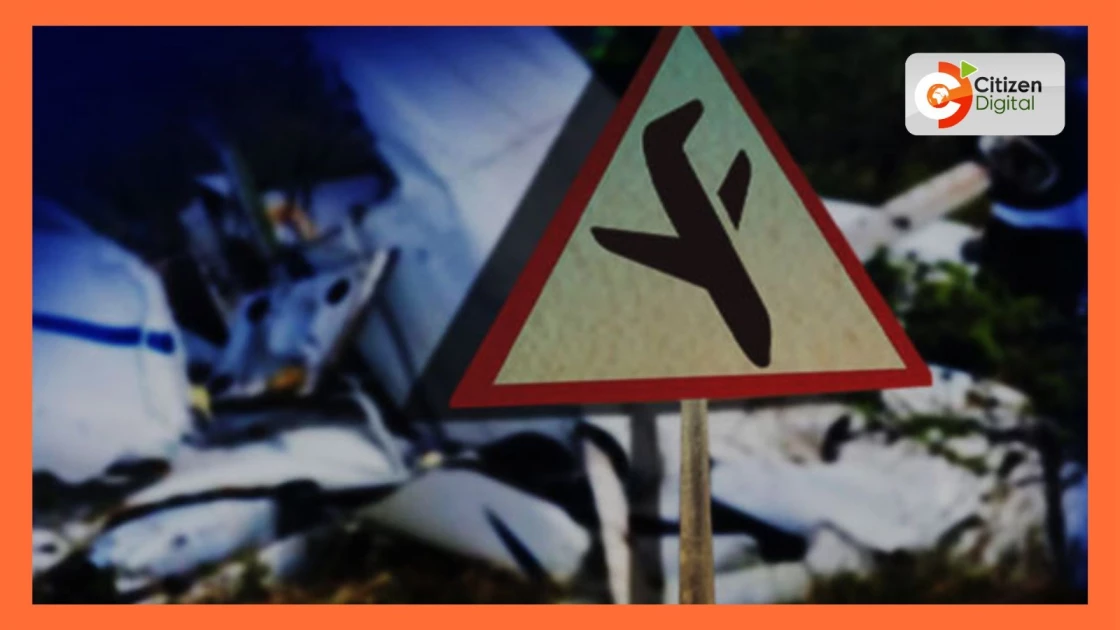Investigations reveal prior incidents, training gaps in fatal crash of Cessna 172m


Audio By Vocalize
The aircraft that crashed killing two on board had been involved in two prior incidents before Tuesday's fatal crash.
The incidents were the subject of investigations by the Ministry of Transport with findings revealing the need for enhanced training for the students learning how to fly to enable them handle emergencies better.
The crash, which claimed the lives of a trainee pilot and the instructor, is the latest in what is now emerging as a series of incidents involving the same aircraft and the same pilot training school operating out of Wilson airport.
The aircraft, a Cessna 172M, serial number 172-65726, is operated by Ninety Nines Flying School and registered on August 2, 2018. The plane was manufactured in 1976 and it is part of the fleet used in training pilots at the flying school.
The aircraft has been involved in two incidents before yesterday’s fatal crash…Both incidents were investigated by the Aircraft Accident Investigation Department of the ministry of Transport.
Prior to Tuesday's incident, the Cessna 172 had been involved in what aircraft accident investigation department termed as a serious incident.
A report from the investigation department indicates that at the beginning of 2021 January, the aircraft while undertaking a training flight failed to properly land at Wilson airport.
The report further indicates that the pilot in training, with 88 hours of flight under their belt, had been cleared to undertake a solo flight and had successfully executed the first of three touch and go flights when trouble struck.
The findings additionally show that while coming in for the second landing on runway 7 at Wilson, the aircraft bounced and lifted into the air .
The student behind the controls attempted to land once more, but upon flaring to land the aircraft bounced and the nose wheel of the craft hit the ground, occasioning damage to the aircraft
The impact of the landing was evident on the runway and on the craft itself.
Investigators in their report stated the probable cause of this incident as “The pilot’s failure to follow balked landing procedures following a bounced landing resulting in propeller strike, detachment of the nose landing gear wheel assembly, fork and subsequent damage to the aircraft. “
Three months earlier in October 2020, the same plane had also had trouble while taking off from Wilson for a training cross country flight that would have seen the trainee pilot and the trainer fly to Narok and back.
The flight however ran into trouble upon take off, with strange noises heard coming from the propeller
The student trainee, with an experience of 128 flying hours attempted to land the plane back at Wilson but it went over the edge of the runway and landed in the grassy areas next to the runway.
Both the trainee and the trainer escaped unhurt, while the aircraft sustained damage to the nose wheel steering link assembly.
For the 2021 incident, the investigators recommended that the “the ninety nine flying school reviews and enhances its safety management systems, and training programmes to improve students readiness to execute emergency maneuvers and to proper record training on emergency maneuvers in the pilot training files”.
A near similar recommendation, the investigators in their preliminary report on the 2020 incident, emphasised the need for the approved training organisations to enhance the CESSNA 172 training programmes to ensure student pilots are adequately trained for operations in abnormal conditions, and for the instructor pilot to remind student pilot about the correct aircraft handling techniques, before landing during emergencies.


Leave a Comment